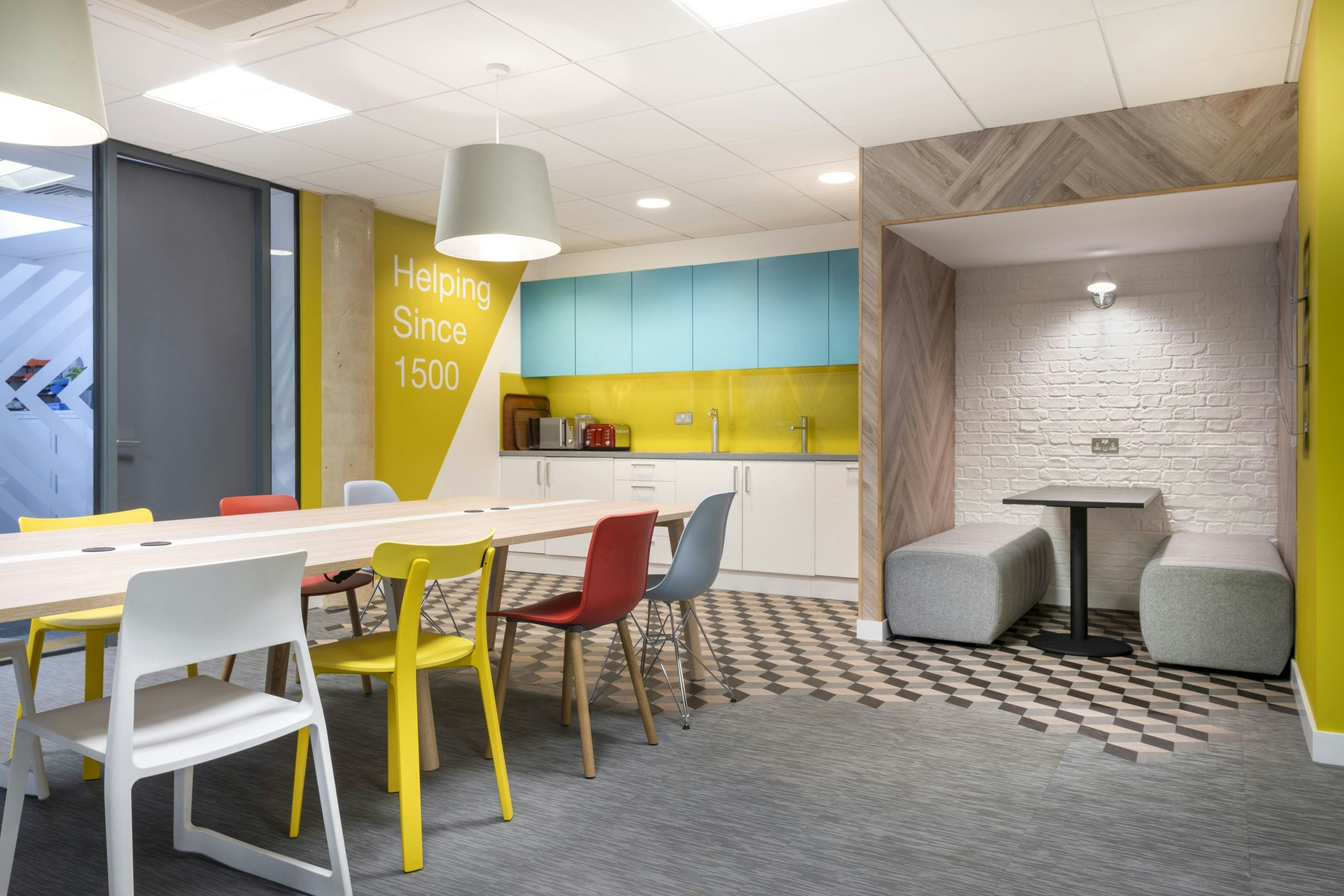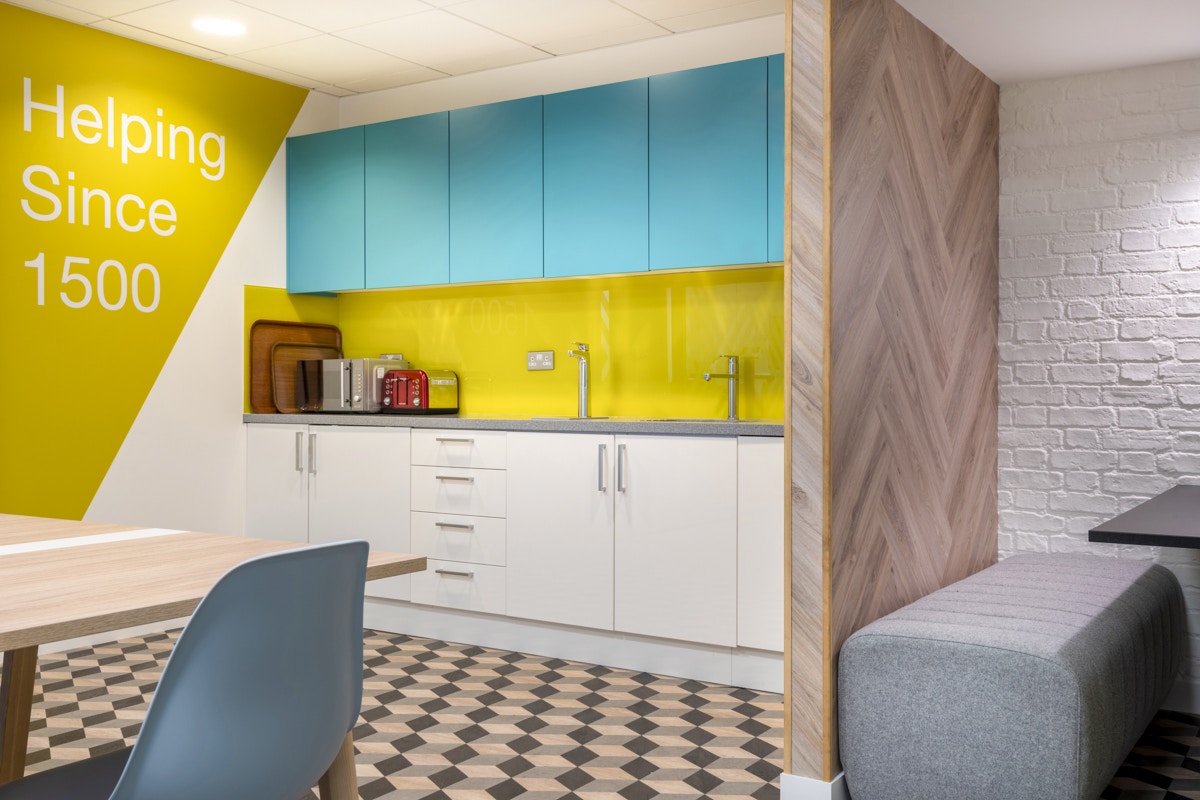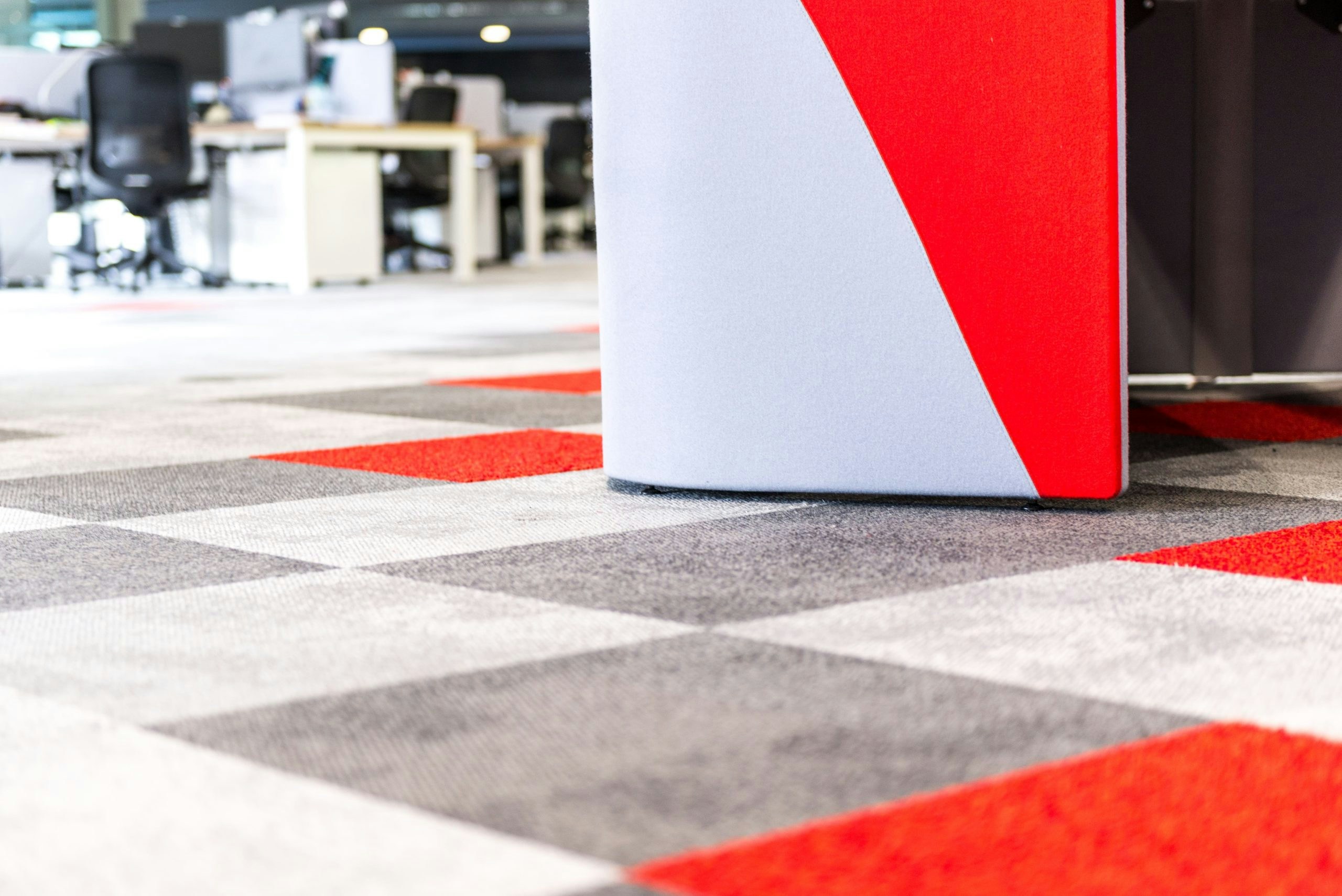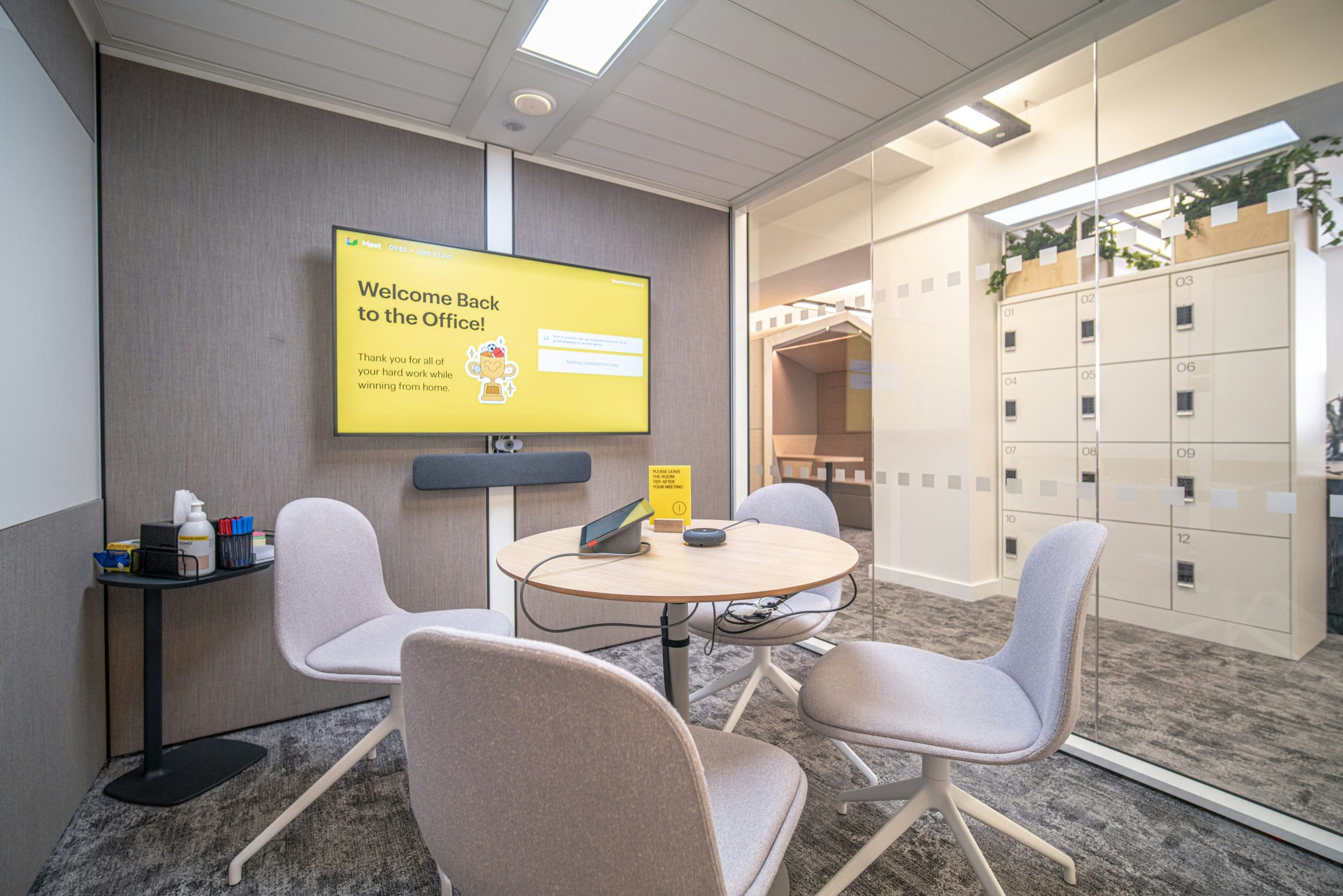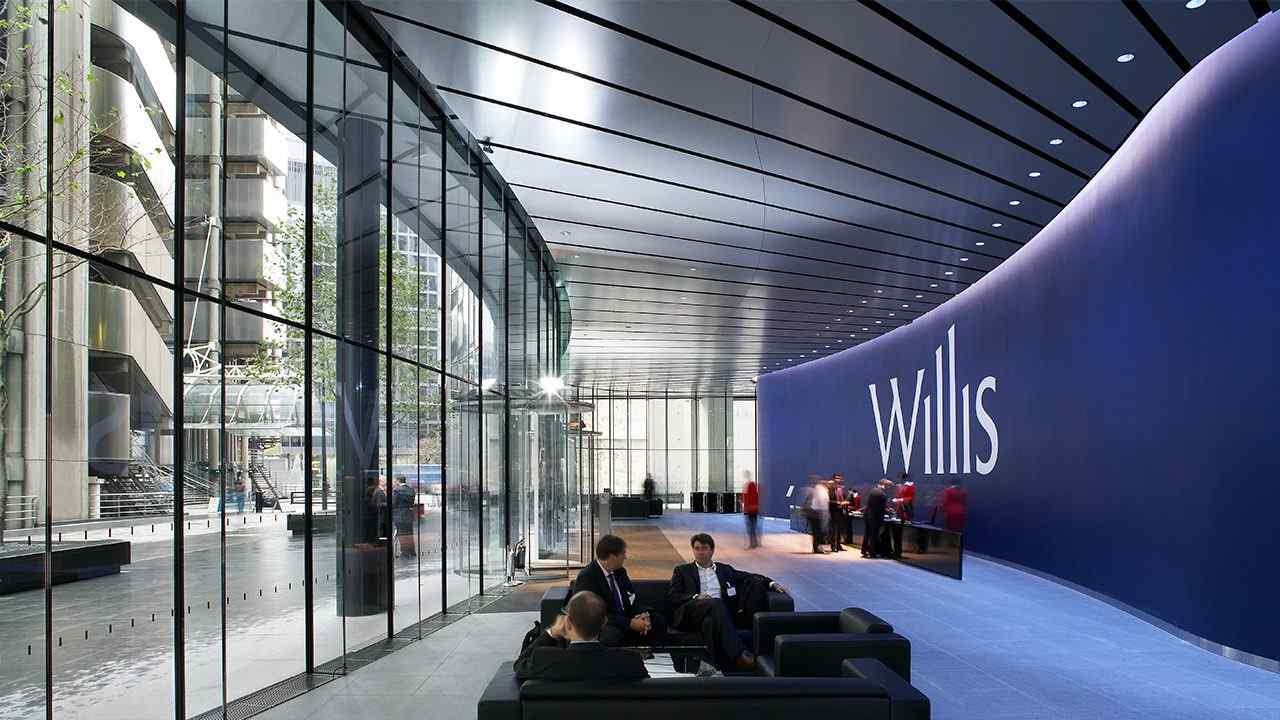Contents
- 1. Inclusivity in Office Design
- 2. Crafting Inclusive Spaces
- 3. The Pillars of Inclusive Design
- 4. Designing for Physical Accessibility
- 5. Sensory Considerations in Office Design
- 6. Technological Enhancements for Inclusivity
- 7. Neurodiversity and Cognitive Inclusion
- 8. The Future of Inclusivity in Office Design
- 9. FAQs
